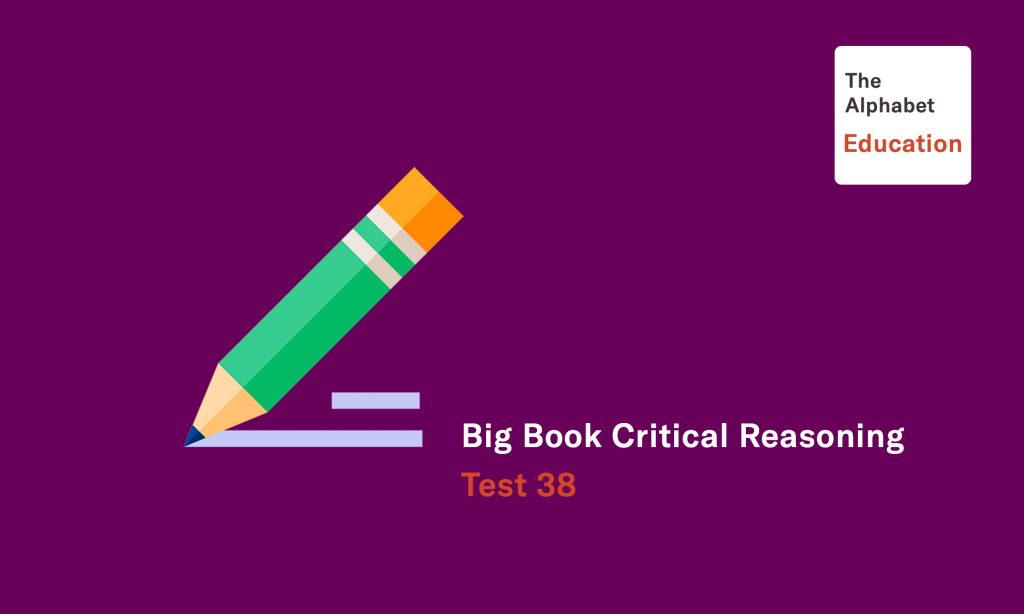GRE Critical Reasoning
Critical Reasoning questions test the ability to understand, analyze, and evaluate arguments. Some of the abilities tested by specific questions include identifying the roles played by specific phrases or sentences in an argument, recognizing the point of an argument, recognizing assumptions on which an argument is based" drawing conclusions and forming hypotheses, identifying methods of argumentation, evaluating arguments and counter-arguments, and analyzing evidence.
Each of the Critical Reasoning questions is based on a short argument, a set of statements, or a plan of action. For each question, select the best answer of the choices given.
A diet that contains polyunsaturated fats and is low in saturated fats reduces the risk of heart disease. Fish are an excellent source of omega-3, a polyunsaturated fat they obtain by eating the green plant cells of plankton. But cows and other ruminants obtain omega-3 polyunsaturates when they eat grass. Therefore, a diet rich in beef and a diet rich in fish should be equally effective in reducing the risk of heart disease.
#1
The widespread development of industrial robots is contributing to unemployment; therefore, “intelligent” machines are dangerous.
#2
New Jersey has one of the lowest motor vehicle fatality rates in the country, and it is one of the few states that require extensive annual automobile safety inspections. Therefore, all states should adopt similar safety inspection procedures.
#3
A population study based on a “microdata sample;’ a sample just large enough to allow reasonably accurate projections, found that in 1984 there had been a dramatic reversal of a twenty-year tendency toward migration of United States residents older than sixty to small towns and rural regions, both within and across state boundaries. This finding turns out to have been in error. The problem was that people who had moved to the United States from abroad were accidentally counted as part of interstate migration that year.
#4
The average age and racing experience of the drivers at the Indianapolis 500 automobile race increased each year between 1965 and 1980. The reason for the increase is that high-speed racing drivers were living longer than their predecessors. Race-car safety features that reduced the severity of crashes of the kind that formerly took drivers’ lives were primarily responsible for the increase in the average age of the Indianapolis 500 competitors.
#5
John Cleland, best known for his novel Fanny Hill, is becoming the Vivaldi of eighteenth-century literature in that his cult is promoted by people who do not much care for the period as a whole and who cheerfully ignore the work of its greatest masters.
#6
Bats emit sounds and generally use the echoes of these sounds highly efficiently to detect; locate, and catch their prey. However, it is claimed that the characteristic efficiency of this process is reduced by moths able to hear the sounds emitted by insect-eating bats.


